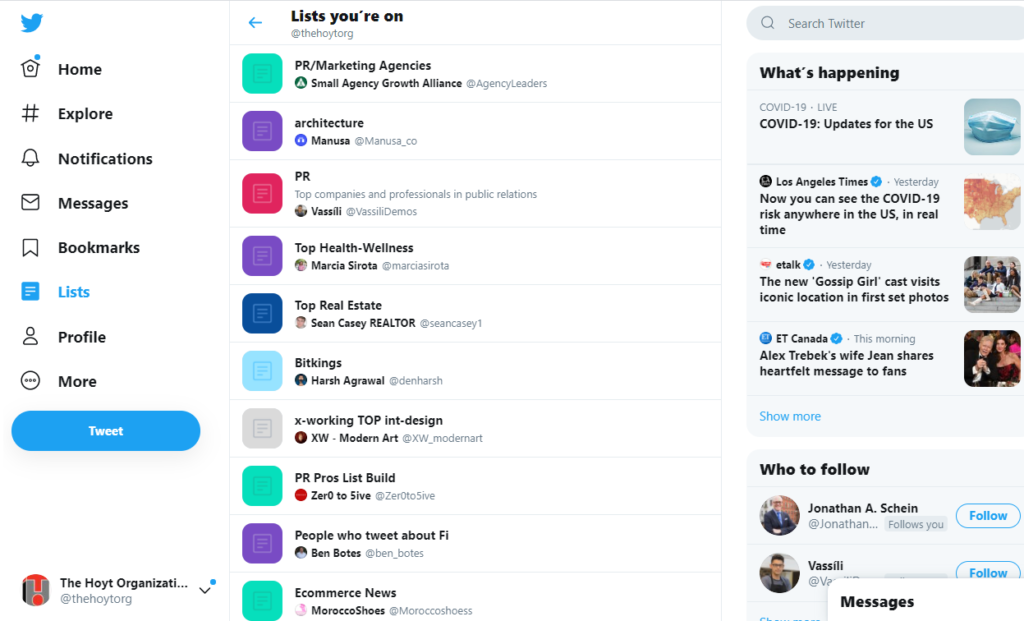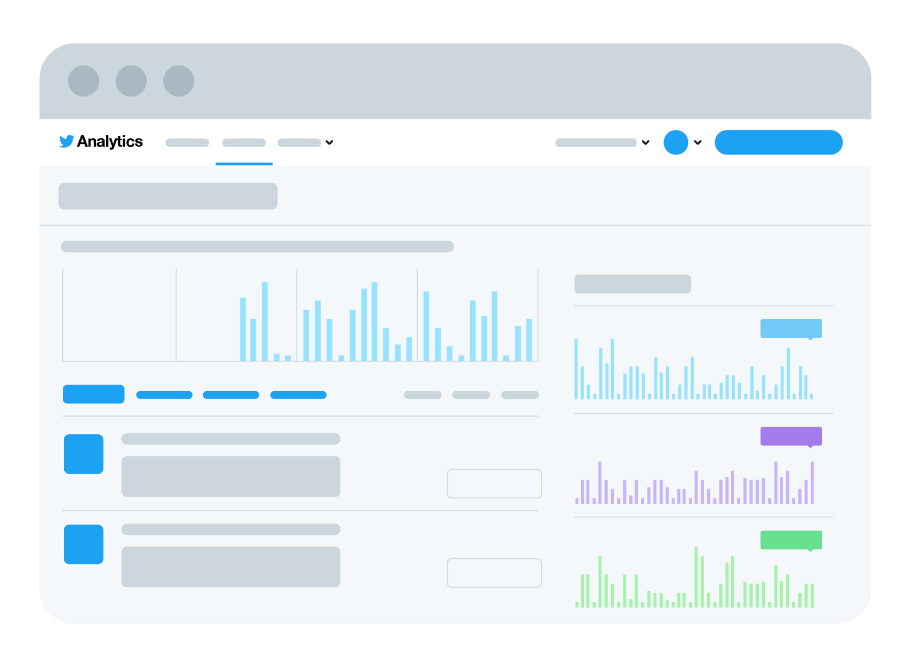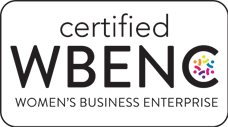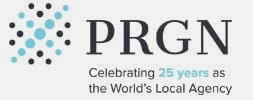
Social Media Series: How to Leverage Your Twitter Business Account
Last year, Twitter.com ranked as the 7th most visited website in the world with 145 million monetizable daily active users. This number continues to grow as users turn to Twitter for information and discourse on current events like the United States political climate and updates on COVID-19. While sometimes it can feel like you’re shouting into the void, it’s essential to have quality and consistent content on your organization’s Twitter for potential customers to discover.
1. Engage with Your Audience (And Industry!)
Twitter is a great place to interact with your customers and organically start word-of-mouth conversations. What makes this platform special is that it has the most direct opportunity for dialogue between not only brands and customers, but all of the other players in a media cycle.
On LinkedIn and Facebook, your ability to interact with others through a brand channel is limited, whereas on Twitter you can engage directly, even replying back and forth with those who tag you or reach out to your organization. Whether it be answering questions, replying to concerns, or getting feedback on new products or initiatives, Twitter can help you start and continue that dialogue.
You’ll also find that all of the relevant industry voices, from competitors to journalists to thought leaders are on Twitter. This is the place to see what those in your industry are tweeting about and get a real-time snapshot of what is trending. You can even build relationships with journalists in your field and retweet relevant articles to share your organization’s opinions and industry knowledge. Above all, when you focus on being present and active in conversations where you can demonstrate your expertise, an improvement in your brand reputation and awareness will follow.

2. Make Use of Twitter Tools and Tactics
There are several strategies and tools that are unique to Twitter. Twitter lists are a great social listening tool to make sure your business is in the know about what is changing in your industry. Each user can now create up to 1,000 Twitter lists, although you’ll want to limit yourself to a few key groups.
You can use lists to keep tabs on what your competitors are talking about. This may help monitor what is working and not working on those profiles, giving you a leg up in terms of strategy. The great thing is you can choose whether to make your list public or private. It may also be valuable to create lists of industry leaders, bloggers, and even loyal customers. This way you can foster those relationships by engaging with these key audiences consistently through retweets and mentions.
Many brands add value to customer relationships by hosting their own monthly Twitter chats. This is a fantastic way to interact with your audience and ask them questions about your brand or industry. Once you establish a date, time, and original hashtag for audiences to use, you’ll be ready to have more meaningful conversations with your Twitter business account.

3. Optimize Your Content
To get the most of your 280-character limit, create multimedia tweets to differentiate your business from others. Tweets with images get 150% more retweets, so keep your content fresh with images and videos. Do your best to avoid the overused format of “text, CTA, link” by playing around with GIFs, emojis and original visual content.
Hashtags are an easy way to spread your content on any platform, but on your Twitter business account, you want to be careful about how many you use. Stick with one or two relevant hashtags per tweet so your posts don’t come across in a way that seems like spam or clickbait. Make use of hashtag research strategies and Twitter lists to see which hashtags your audience is already using and adopt them yourself to get more eyes on your content.
Lastly, don’t be afraid to up the frequency of your tweets. 92% of companies tweet more than once a day, 42% tweet one-to-five times a day, and 19% tweet six-to-10 times a day. Of course, avoid clogging your followers’ feeds with unnecessary content, but unlike other platforms, two to three tweets per day is not a crime. Experiment with time and you might find that a tweet in the morning, one at lunchtime, and another in the evening is quite effective.

4. Monitor and Measure Results
Social listening on your Twitter business account can allow you to continuously shift your strategy to create the type of content your followers actually want by measuring results with the Twitter analytics menu. A general tip for Twitter is to focus less on vanity metrics, like impressions or follower count, and instead monitor the CTR on links and how many users are engaging with you out of your total audience number. This, again, will give you a better picture of which content is most popular with your audience.
As mentioned in our previous post, when using Twitter for business, setting up tools like Planoly that allow you to schedule your posts ahead of time is incredibly valuable. Especially if your organization is making full use of Twitter by posting several times a day.

We hope these tips help you improve and make the best use of your Twitter business account. If you would like to learn more ways to reach your customers through Twitter, feel free to send us a message.
Check out the previous post in this series, How to Leverage Your Instagram Business Account, to make sure you’re developing a well-rounded social media presence!
Stay tuned for the next blog post in our social media series where we’ll discuss leveraging your organization’s Facebook account.









